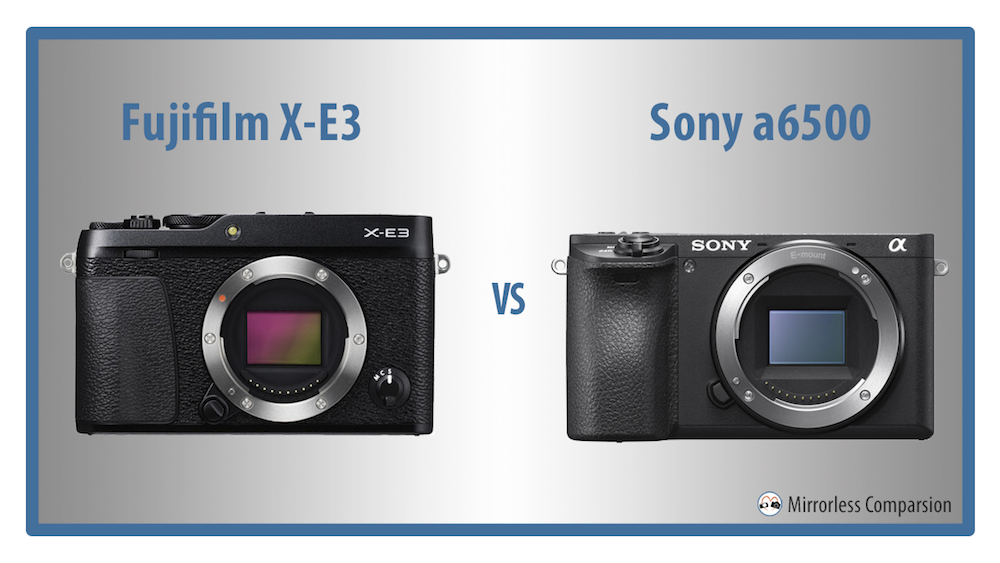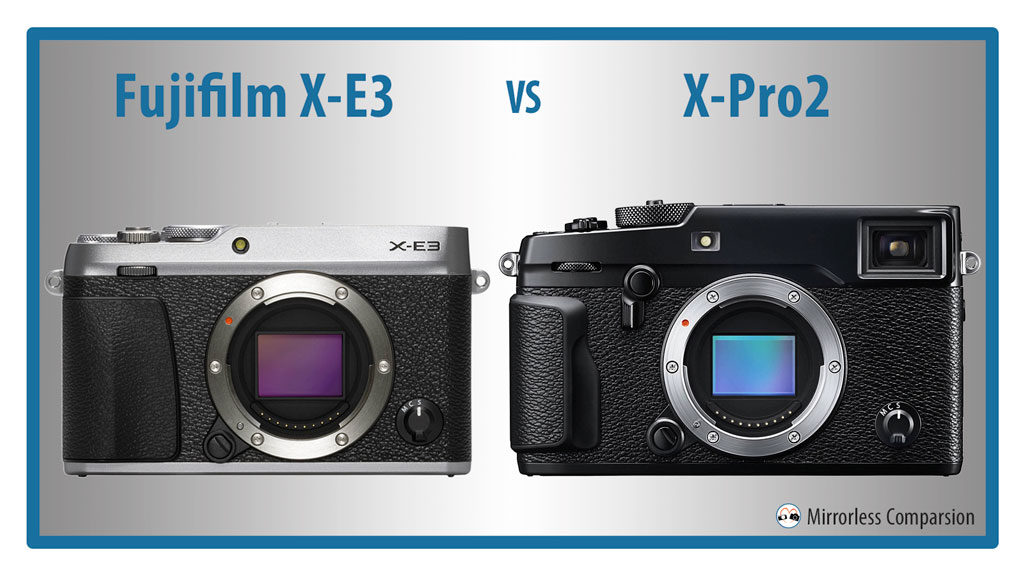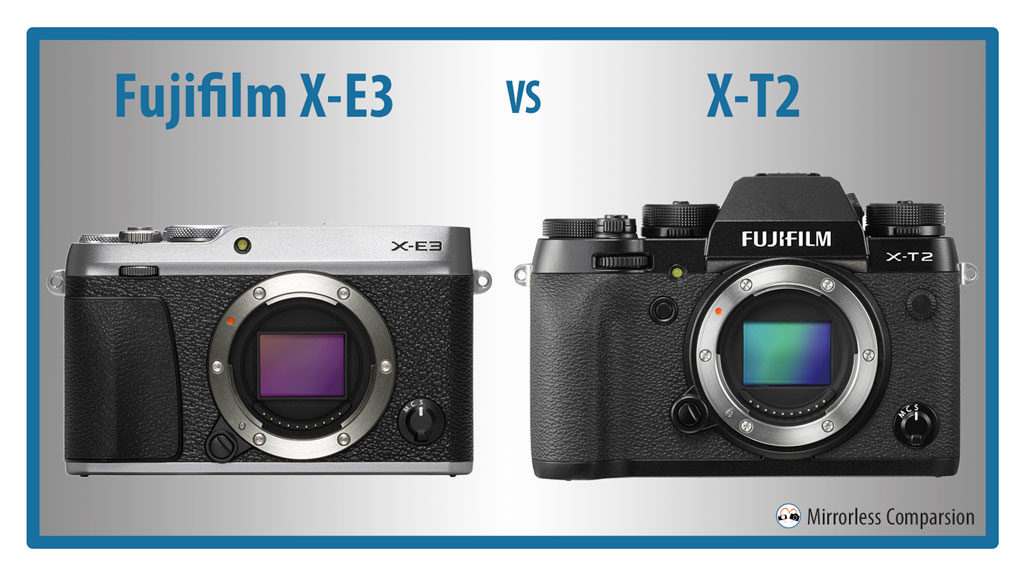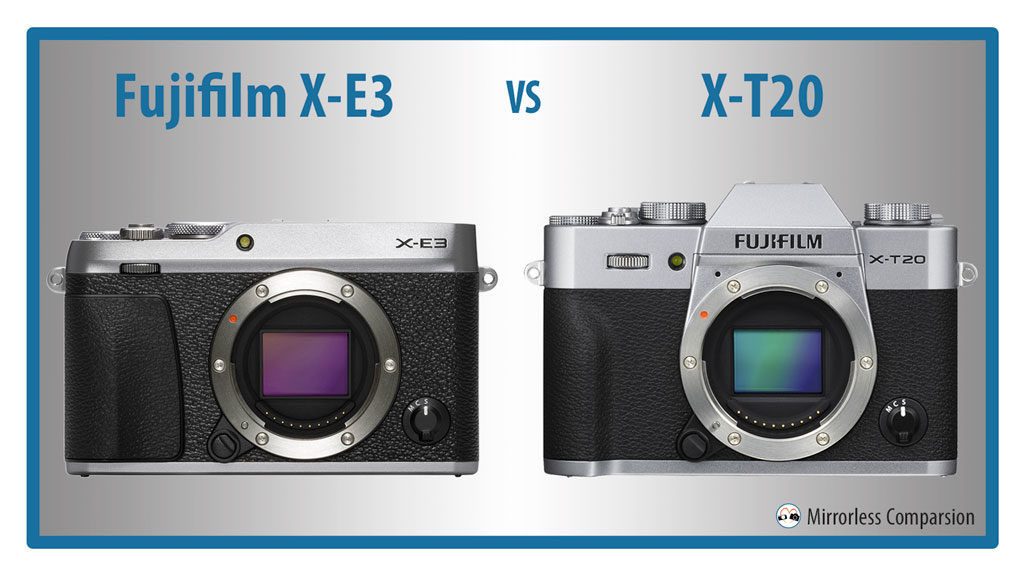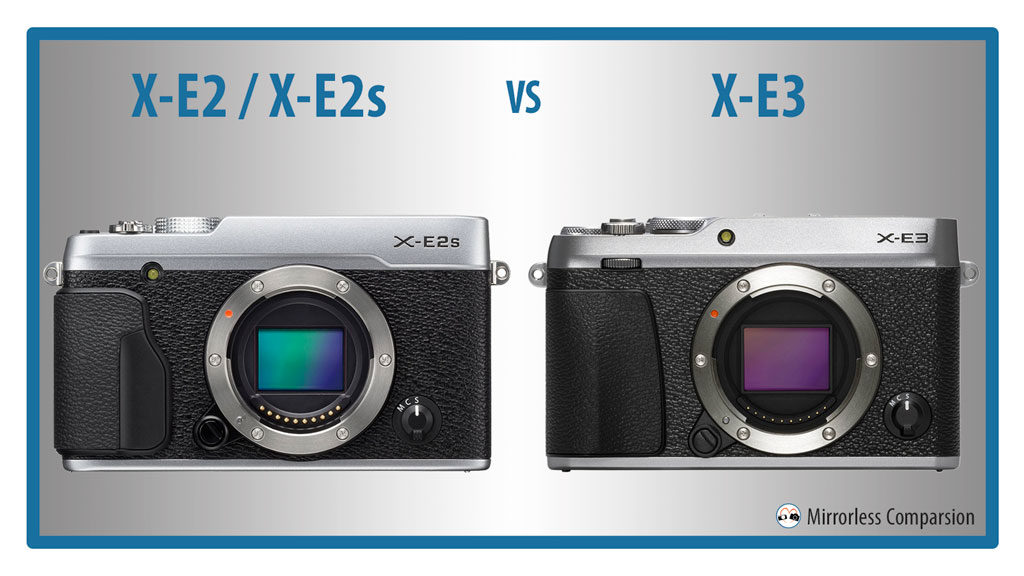The Fujifilm X-E3 is the much-awaited update to the company’s premium rangefinder-style mirrorless camera, the X-E2s, which was introduced in early 2016. It can be considered a more budget-friendly version of the X-Pro2 owing to its rangefinder design and many advanced features such as a 24MP APS-C X-Trans III sensor with excellent dynamic range, an advanced hybrid AF system and 4K video capabilities.
Preview
The 10 Main Differences Between the Fujifilm X-E3 and X-Pro2
If the X-T20 represents a more affordable version of the flagship X-T2, the new Fujifilm X-E3 can be considered the less expensive sibling of the flagship X-Pro2. These two separate branches – SLR and rangefinder – have much in common in terms of technology and features but differ in their design philosophy.
For instance, in addition to the different position of the electronic viewfinder, the SLR series (X-T) always has a tilting screen whereas on the rangefinder line-up (X-Pro and X-E), the monitor is always fixed. You may wonder why these differences exist and I believe it’s a simple question of appealing to the preferences of different types of users: there are those who like a viewfinder at the centre and those who prefer it to the side, just as there are users who enjoy a tilting screen and users who prefer a fixed one.
The 10 Main Differences Between the Fujifilm X-E3 and X-T2
The X-E3 is the latest addition to Fujifilm’s popular APS-C range of mirrorless cameras and inherits all the latest technology the brand introduced with the flagship X-Pro2 and X-T2 back in 2016. More specifically they share the same:
- 24MP sensor and image processor
- ISO sensitivity range (200-12800, 100 to 51200 with the extended values)
- autofocus system with 91/325 points
- continuous shooting speeds (8fps or 14fps with the electronic shutter)
- battery (NP-W126s) and USB charging option.
Given the price gap however, there are of course some important differences to point out.
The 10 Main Differences Between the Fujifilm X-E3 and X-T20
The X-T20 is an extremely popular camera, not least because it provides the best Fujifilm has to offer in terms of image quality and autofocus performance at an attractive price. Now there is a second Fujifilm camera that can fit into this category: the brand new X-E3.
Fujifilm X-E2 / X-E2s vs. X-E3 – The 10 Main Differences
If we exclude the X-E2s, it took Fujifilm close to four years to provide the X-E series with a relevant update. Why exclude the X-E2s from this equation, you might ask? Well, simply because the “s” version brought nothing more than a slightly re-designed front grip and an Auto mode.
The X-E3 feels like a true successor by comparison. It incorporates the latest technology found on the X-Pro2, X-T2 and X-T20 including the advanced hybrid autofocus system, the 3rd generation X-Trans sensor and 4K video among other things. Fujifilm even decided to include some minor features that are yet to be seen on other X-series models.

